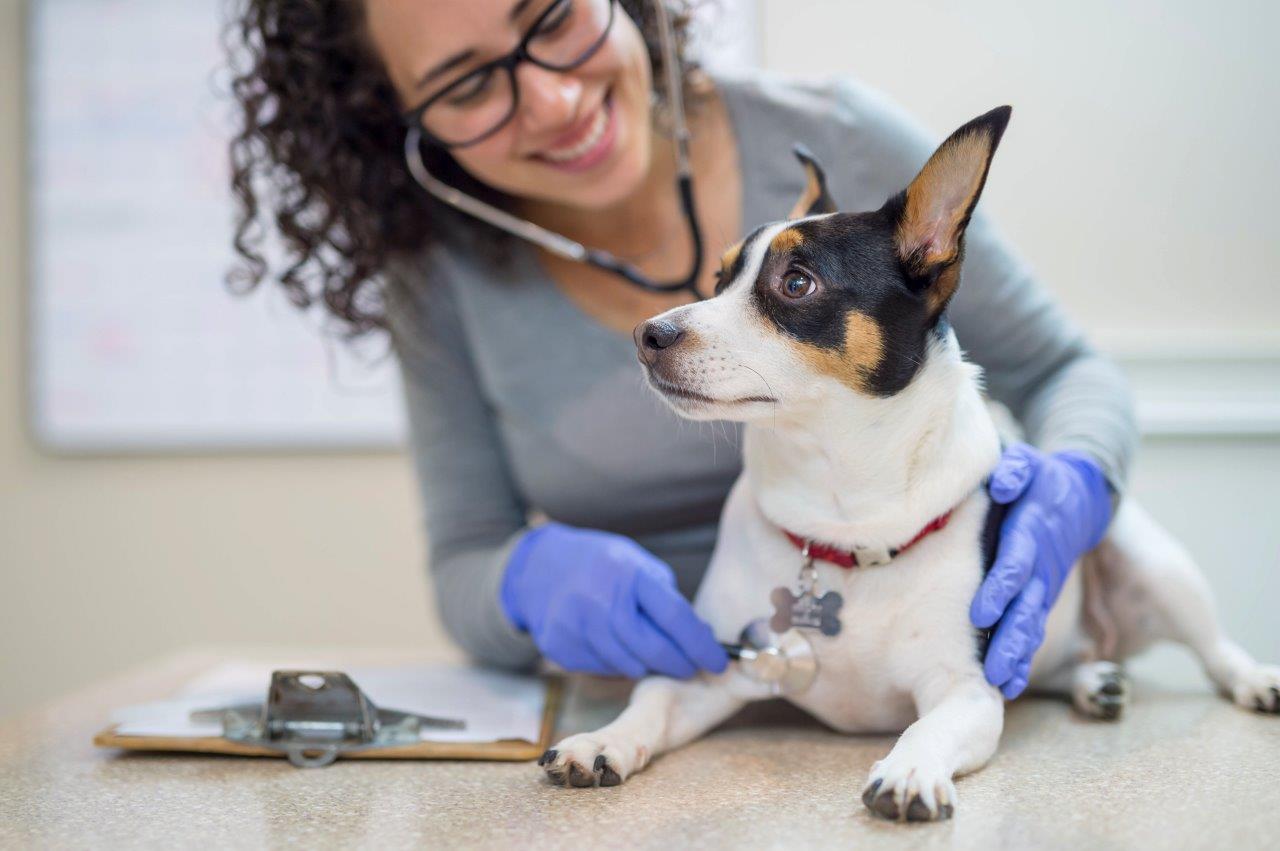Finding a Job as a Veterinary Assistant
The increased interest in becoming a veterinary assistant over the last few years is in line with the increased need for veterinary assistants. As pet ownership in the U.S. is on the rise, animal safety along with responsible pet ownership contribute to the demand and interest in the need for veterinary assistant. According to the U.S. Department of Labor, the number of veterinary assistant jobs is expected to grow up to 19% by 2026, much faster than the average career. Overall job opportunities for veterinary assistants and laboratory animal caretakers are expected to grow. Both veterinary assistants and caretaker positions experience a high rate of turnover, indicating that many job opportunities will remain available for trained veterinary assistants.
According to the 2016-2017 Occupational Outlook Handbook, a Veterinary Assistant salary could be around $37,810 annually, with the middle 50% earning $25,250. Many factors are considered when calculating a vet assistant salary, including location, type of facility, education level and years of experience. Typically research facilities pay higher salaries than clinical or hospital settings.
Work Environment
A veterinary assistant works on the animal care team under the supervision of a veterinary technician and/or a veterinarian. Consider training to gain a working knowledge of the veterinary assistant field, veterinary assistant salary information, veterinary anatomy, medical terminology, veterinary office administrative office skills, animal care and handling, office technology, time and stress management, critical thinking skills, and working effectively on a team. Prepare for your veterinary assistant career with online veterinary assistant training from Blackstone Career Institute and discover the rewards of working in this exciting animal care field.
Job Outlook
The pet care industry’s continued expansion indicates that the number of veterinary assistant jobs will continue to rise. With an increased animal population and a wide variety of health care services available, there is no shortage of veterinary assistant jobs in this career field. Veterinary assistants may work on a veterinary team in laboratories, research facilities, animal hospitals, and clinics. Clinics encompass general practices as well as specialty practices, including internal medicine, surgery, dermatology and dentistry.
In 2016, veterinary assistants and laboratory animal caretakers held about 83,800 jobs. Approximately two in five veterinary assistants and laboratory animal caretakers worked part time. Veterinary assistants and laboratory animal caretakers may be required to work nights, weekends, or holidays.
Blackstone Career Institute
Interested in becoming a Veterinary Assistant? If so, consider Blackstone Career Institute’s accredited online veterinary assistant program which offers individuals like yourself a quality education covering the behavior, care, and treatment of animals. More information here.














